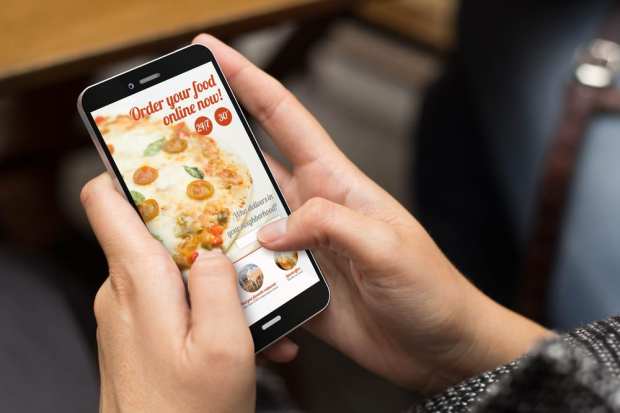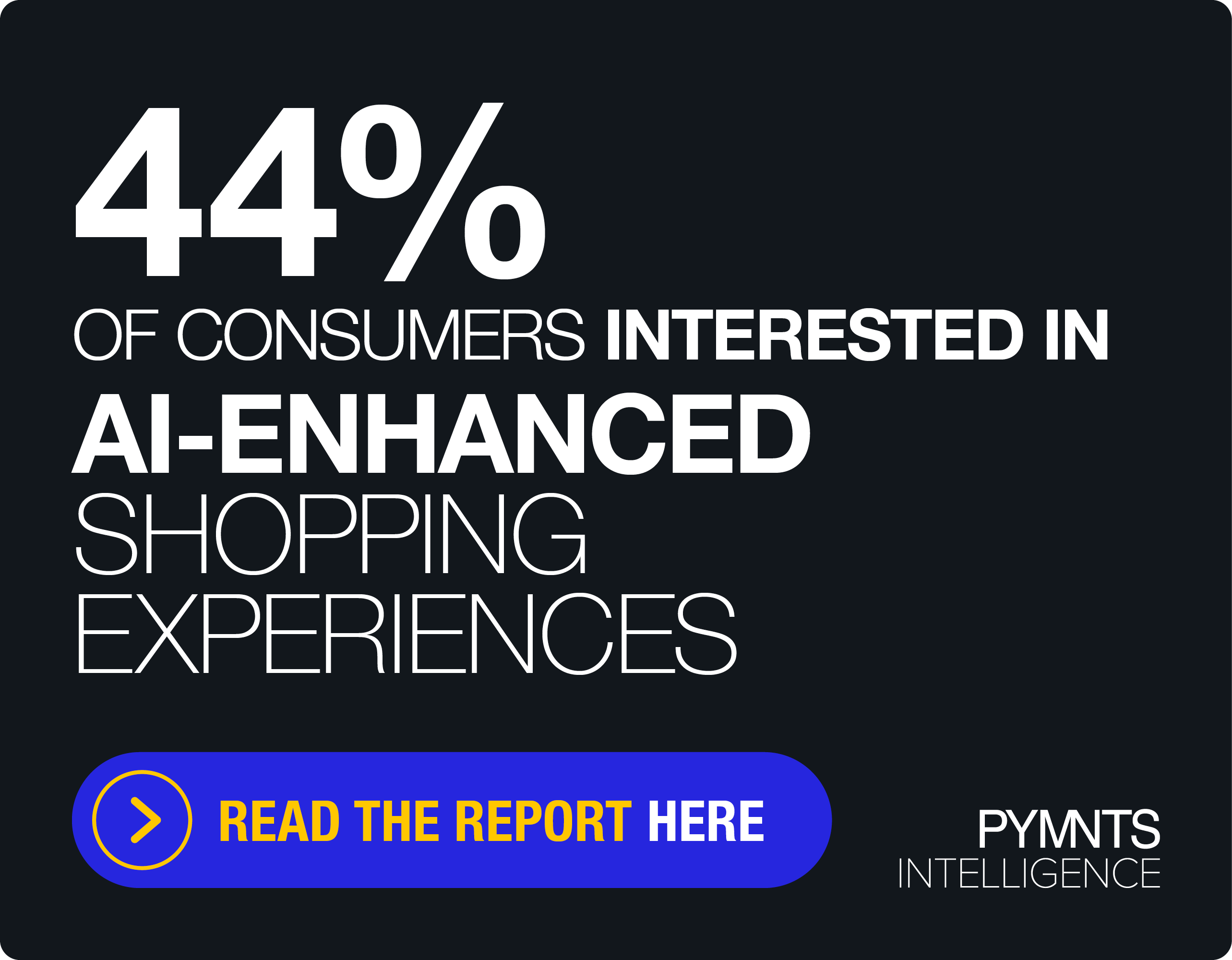The Three Things QSRs Need To Know About Order Ahead

That mobile order ahead has rapidly changed the entire landscape for quick-service restaurants (QSRs) is undeniable. One can see it in the numbers — Chipotle Mexican Grill recently reported that mobile orders now represent 20 percent of its total sales and is the fastest overall growing part of its business. Or just look at the way stores’ physical plants are changing and evolving to meet the needs of an increasing number of customers coming in to grab and go, and a falling number waiting in line to order.
“This is the new normal,” Kount Chief Customer Experience Officer Rich Stuppy told Karen Webster in a recent conversation. “This different world is not going away; we aren’t even going back to the old way. That means the only option QSRs have is to forcefully adapt to it.”
And adapting to it, Stuppy noted, is a challenge because there are so many fronts on which work has to be done, particularly when it comes to security and fraud prevention. In the old world, he said, QSR transactions were all done at the point of sale (POS) in the store, and chargeback concerns weren’t high on the worry list because QSRs weren’t responsible for them.
“It was the bank’s problem,” Stuppy said. “Now, not only do you have multiple channels combining and merging physical and digital, all of a sudden, these QSRs are feeling the bite that fraud can take out of their margins.”
Pain, Stuppy noted, is a great motivator — and when they are taking losses, brands are highly compelled to take steps to solve the problem so that the fraud is stopped and the good transactions are pushed through. But getting it right, he said, isn’t as simple as flipping a switch, and there is not generic roadmap QSRs can follow to a perfect mobile integration.
There are, however, three steps every QSR needs to consider and optimize that are the right starting point as 2020 is getting up and off the ground.
Step 1: It’s All About The End-to-End Consumer Experience
While it is easy to get caught up in all the benefits that come with plugging in mobile order-ahead, it is critical, Stuppy said, not to start seeing the mobile integration world through rose-colored glasses that see only the benefits without accounting for the costs. Making a digital addition is still a change to the customer experience.
By way of a light example, he said, adding mobile order-ahead works wonderfully unless one doesn’t have a large mobile order pickup area such that when a customer comes to the store, they discover it would be faster to wait in line and re-order at the POS than wait for the mobile order behind everyone else who tried to save time.
A not-so-light example, he said, is that the introduction of these services attracts fraudsters by creating a desirable target — customer mobile app accounts with payment credentials and gift cards nicely loaded into them. Shortly before their conversation, Stuppy said, some quick casual surfing turned up multiple illegal marketplaces selling access to customer QSR mobile apps and gift cards.
When the customer is tagged by that, when their payment credentials are misused or their gift cards are drained — the customer is going to be mad. But not at the fraudster, at least not directly.
“Every time an account is taken over or they see false charges on their credit statement, they blame the QSR,” Stuppy said, noting that this is why the first step leads so directly to the second step.
Step 2: Build Everything With A Fraud Prevention Mindset
A quick search turned up two QSR credential marketplaces, Stuppy said — but with more time and energy, he could easily have turned up five or even 10. Most of them, he noted, are bitcoin-only when it comes to payment, but he saw at least one that takes some very mainstream mobile wallets.
The reality is that fraud is here, and it will target QSRs — and that is the new normal. Success, he noted, can’t be measured in simply locking out 100 percent of fraud, because that kind of methodology is going to net a lot of false positives and result in good customers being turned away. That is a bad experience, and again one the consumer will blame on the QSR. Building in a fraud-fighting mindset, he said, is in creating data models that are out to hit a proper balance between eliminating both false positive reports and fraudulent transactions.
“The thing that is interesting about the QSR space when it comes mobile order-ahead is because it is fast action there is no time for reviews,” he said. “This is about starting with smart AI [artificial intelligence] and machine learning tools that can quickly sort good behavior from bad in a very dynamic space.”
Accuracy, he noted, is critical and only really possible with fast, flexible modeling. Which means, he said, that step three is critical.
Step 3: Always Be Prepared
While it is hard to overstate the importance of good data for modeling, Stuppy told Webster, data itself is only as good as the use it is put toward. That means, in practical terms for QSRs building their mobile ordering platform, using data to put controls in place that give them the ability to monitor the entire transaction process — and hopefully, route out fraudulent behaviors before they start causing damage.
Because, Stuppy said, those controls will have to be built no matter what, and having them in place ahead of time is infinitely valuable in terms of time management.
“We have one customer that is looking to create one thousand ways to order a sandwich. That is not marketing; that is their literal, actual goal. And if they don’t have controls in place ahead of that rollout — they will find the fraudsters will target all thousand of them and they will have to start pulling back features until those controls are in place.”
Because the fraudsters are coming, and they will keep coming the more the space evolves — which it will. Voice commerce has a real future in the world of QSR, according to Stuppy. QSR ordering is one of the few places he believes voice-based commerce will work really well just on an intuitive level.
But, he noted, whatever journey is intuitive to a consumer will also be intuitive to a fraudster — who will undoubtedly come to call. That’s bad news, he said, but not necessarily fatally so. QSRs can prepare, the tools are out there. Half the battle, he said, is just knowing they have to.
“If you are doing mobile order-ahead as a QSR, the simple way to look at it is this — you live in a rough neighborhood and you have to protect yourself,” he said.
